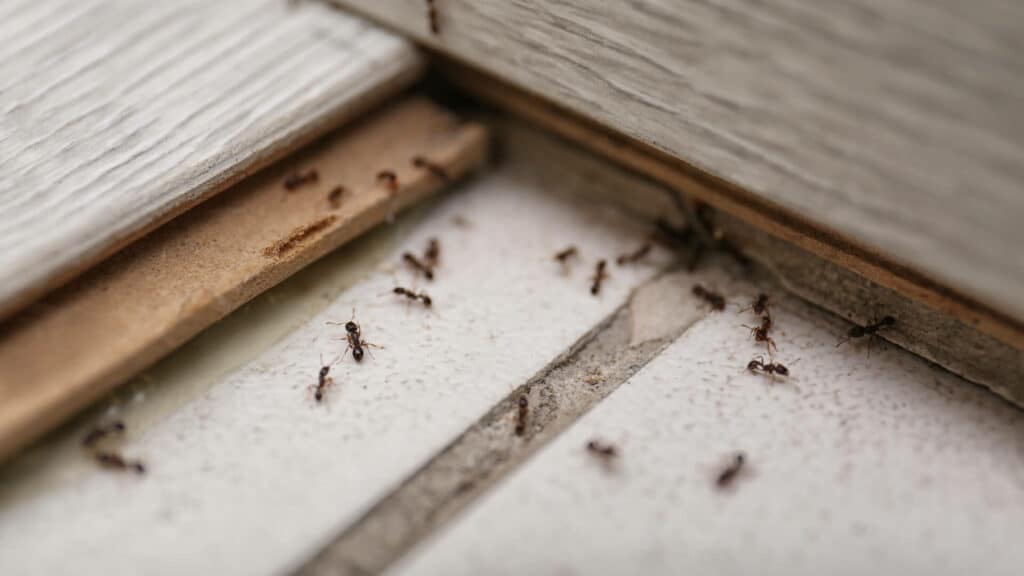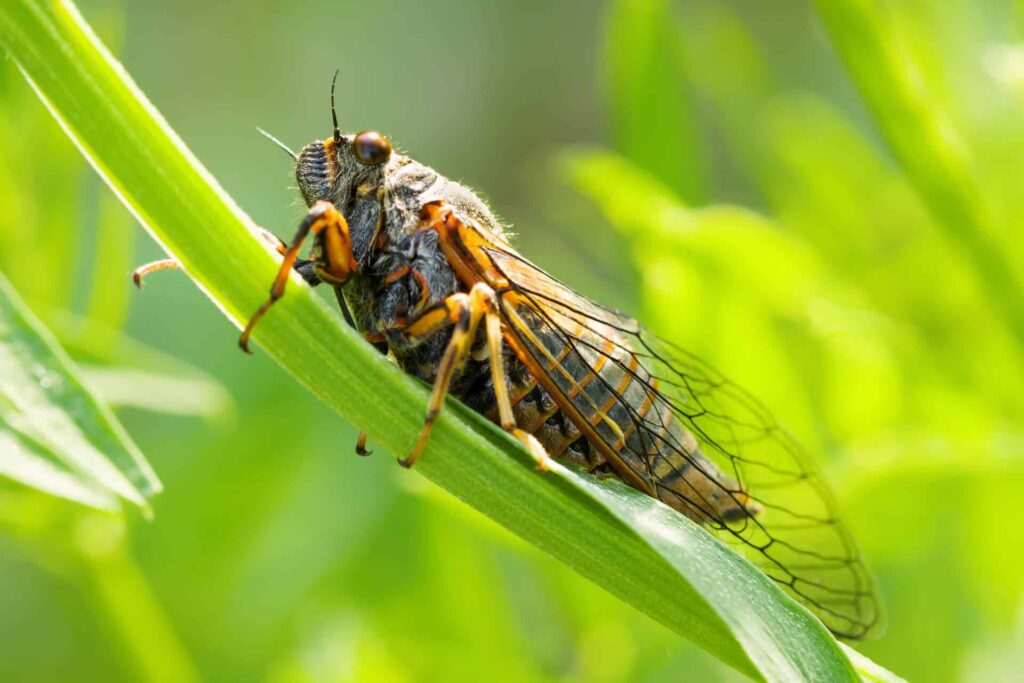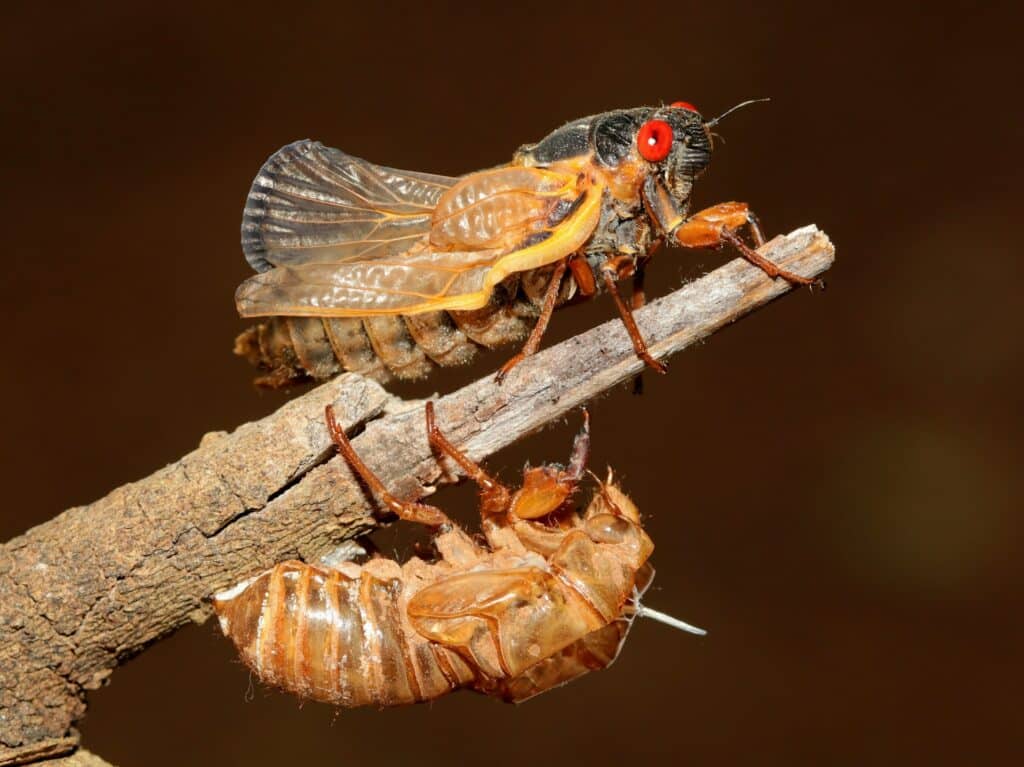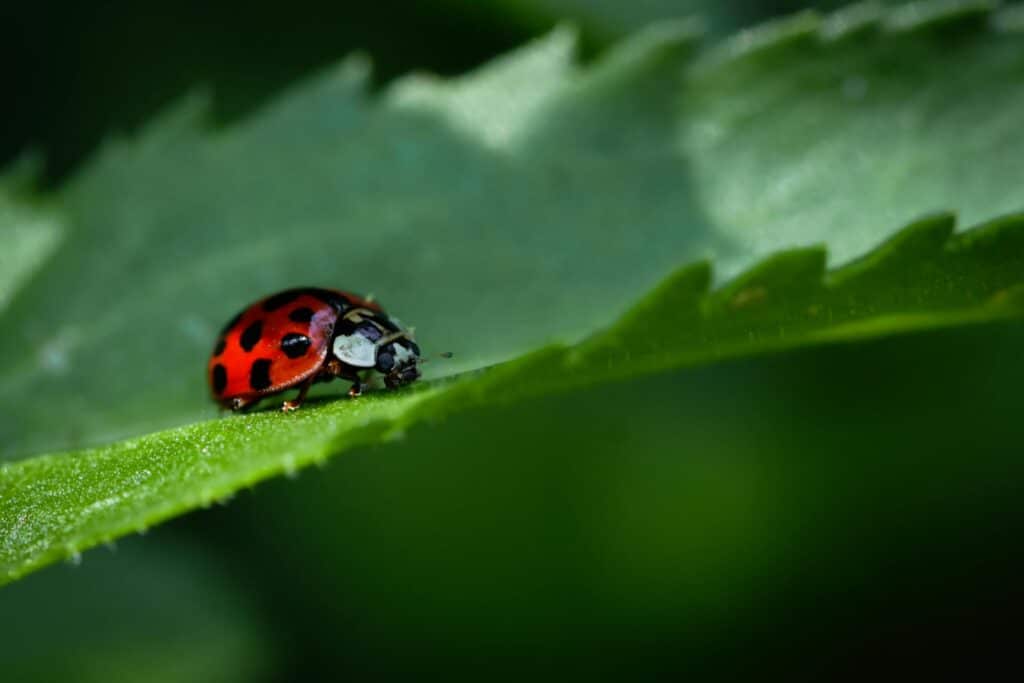You encounter centipedes repeatedly in your basement despite maintaining general cleanliness, discovering these multi-legged arthropods darting across floors or emerging from drains with unsettling regularity. This persistent presence reflects fundamental physiological requirements that make basements ideal habitats for centipedes through specific combinations of environmental conditions and ecological resources that rarely occur in other residential areas.
Their presence often indicates broader moisture problems and prey species availability that require comprehensive assessment and integrated management approaches.
What Are Centipedes?
Centipedes belong to the class Chilopoda, demonstrating unique anatomical and physiological characteristics that create strict environmental requirements determining habitat suitability.
- Anatomical characteristics: House centipedes (Scutigera coleoptrata) and other common indoor species possess elongated, flattened bodies with 15-177 segments depending on species, each bearing a single pair of legs that enable rapid movement across surfaces.
- Respiratory system limitations: Centipedes breathe through spiracles and tracheal systems that lack moisture conservation mechanisms, creating continuous water loss that requires high environmental humidity for survival.
- Cuticular permeability: Unlike insects, centipedes possess relatively permeable exoskeletons that provide minimal protection against desiccation, making them highly vulnerable to low humidity conditions.
- Water balance requirements: These arthropods must maintain positive water balance through environmental moisture absorption and prey consumption, requiring relative humidity above 60% for survival and 75%+ for optimal activity.
- Behavioral adaptations: Centipedes demonstrate strict nocturnal behavior and preference for protected microhabitats that minimize desiccation stress while enabling access to prey and refuge from predators.
Why Centipedes Flock to Basements
Basements develop unique microclimates that align precisely with centipede physiological requirements through moisture accumulation, temperature stability, and limited disturbance.
- Poor ventilation, groundwater seepage, condensation, and inadequate drainage create relative humidity levels often exceeding 75% that enable centipede survival and reproduction. Below-grade spaces maintain relatively cool, stable temperatures (15-20°C) that reduce desiccation stress while remaining within centipede activity ranges.
- Perpetual darkness eliminates photophobic constraints while creating conditions favoring nocturnal predators that dominate basement arthropod communities. Basements provide numerous hiding places including cracks, crevices, stored materials, and utility spaces that offer protection during inactive periods.
- Minimal human activity allows centipede populations to establish territories and hunting patterns without regular displacement or mortality from cleaning activities.
Prey Opportunities
Centipede basement populations depend on diverse prey communities whose establishment reflects the same moisture conditions that attract centipedes.
Silverfish, cockroaches, spiders, springtails, and various other moisture-dependent arthropods provide essential nutrition for centipede populations. Centipedes employ active hunting using speed and venom rather than web-based capture, requiring sufficient prey density to sustain energy expenditure.
Centipede populations typically remain proportional to available prey, with abundance indicating established food webs supporting multiple trophic levels. As predators, centipedes provide some pest control benefits by consuming nuisance species, though their presence often indicates problematic moisture conditions.
Prey availability, moisture conditions, and intraspecific competition determine centipede population levels rather than direct human intervention.
Need Help with Centipede Pest Control?
When centipede problems in basements continue despite moisture reduction efforts, Aptive’s pest control experts provide the comprehensive solutions necessary for lasting results. Our pest control service performs detailed basement assessments to identify moisture sources, prey populations, and environmental conditions driving continued centipede establishment in below-grade spaces.
If you’re experiencing persistent centipede activity in basements, dealing with moisture problems that attract multiple pest species, or need professional assessment of other pest issues, contact Aptive today for a free quote.









